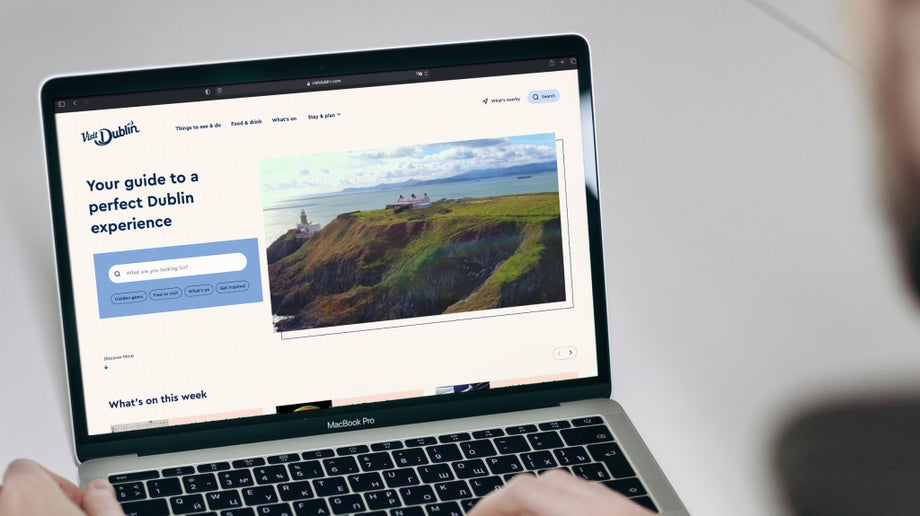

18.08.20225 mins read
It’s quite simple really- when creating digital experiences the most crucial ingredient is to have a deep understanding of the needs and motivations of the people you hope to engage. Without this information, the chances for success are slim.
One of the biggest stumbling blocks to success is that when large organisations are on their digital transformation journey they are under significant pressure to get digital initiatives and projects up and running. When they do manage to get these projects going, their primary focus is delivering that digital product or service within a predetermined budget and timeframe. While there is nothing inherently wrong with having such goals, they can blur the ultimate objective in the race to get the product across the line. As a result, the focus shifts from creating an engaging and amazing experience for the customer to making sure deadlines are hit.

Engaging and satisfying digital experiences are born out of a desire to make people’s lives better in some meaningful way. When a well designed digital experience makes the most complex job simple or the most mundane task fun then you can realise the power and potential of great design. And it validates why organisations must invest time and money to create and build a great digital product or service. Designers are always looking for better ways to meet a need. Whether it’s making a remote control easier to use or revolutionising the mobile phone industry, we are always focused on the end goal of delivering convenience and ease of use. The best outcome is when you create an entirely new experience that provides a better way to approach a task that people have been doing inefficiently forever. That’s the holy grail for digital experience creators.

However, one of the obstacles designers face in locating the holy grail is that often the goal of a digital project is less about the individual experience. One of the main reasons companies initiate a digital project is to explore new sales channels and increase revenue. It can also be a cost issue- taking an analog service and making it digital to reduce overhead and costs. While all legitimate reasons to fire up a digital project, when they are the sole basis and the driving force, the final product is rarely an experience that people will love and value.
It is paramount that before a design is explored any hypothesis is based on real customer insight. Before you even think about ways to solve a problem, you must understand the true cause of that problem. There is only one way to achieve this by completing a Discovery phase. Finding where the real business opportunities lie rests on understanding customers, on exploring their needs and motivations and uncovering what they are trying to achieve and what tasks they absolutely need to get done without obstacles. Once you discover and apply this insight to your digital strategy, your business can establish a clear competitive edge.
Solid, meaningful research takes time and money. Sometimes businesses fail to see the value of research in their rush to deliver solutions quickly. Yes, quick wins are achievable in tandem with deep discovery, but it takes time to identify where to focus the research, who to talk to, how to engage with them and then to analyse the findings and uncover the valuable insights. Organizations need to invest this time to look at what their customers really want to achieve and to think about how to solve the real problems through creating a customer-centric digital experience. Extensive research followed by detailed analysis and discussion lead to better outcomes.
For example, when we worked with Fáilte Ireland on their newly launched Visit Dublin site, we carried out an extensive Discovery phase. We wanted to find out what people really want from a city break destination website and reveal Dublin City characteristics that we weaved seamlessly into the customer experience.

It is important to stand out in the vastness that is the online world. There are over 1.88 billion websites today. So simply repeating or doing what your competitors are doing but in a slightly different way is not the best approach. Relying on subtle differences in visual branding, or copying functionality and features from the same couple of market disruptors rather than delivering your unique offering to your customers will not produce the desired outcomes.
Benchmarking your digital products and services against what’s working in the market and raising your game accordingly is to be commended. However, if you really want to innovate, your strategy shouldn't be to only identify who is best-in-class and copy their good bits, you really need to identify the true issues your customers are trying to overcome, especially the issues your competitors are overlooking, and you need to think about how to solve those particular problems in new and better ways.
Talk to us today about what kind of Discovery you should be doing.


